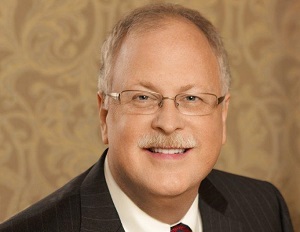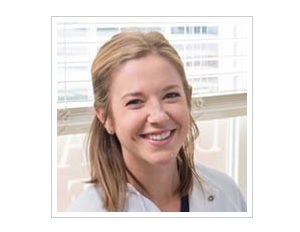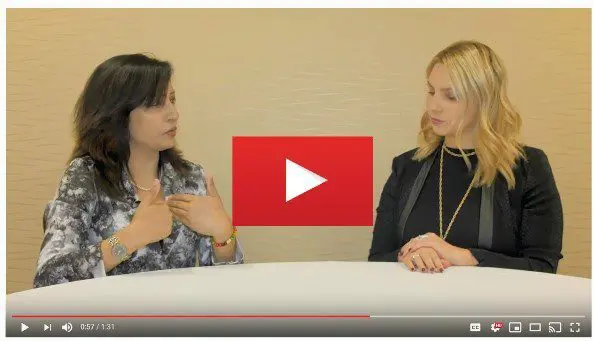By Dr. Robert A. Lowe, DDS
Most patients have a limited understanding of restorative dentistry. As a profession, we have to get better at explaining the disease process of dental caries (decay) and the restorative options that best fit the needs of each patient. Patients need to understand the benefits of early diagnosis and bioactive restorative materials as an integral part of their plan to keep their teeth healthy for a lifetime.
Here are some tips to keep in mind when talking to patients about bioactive restoratives:
- Learn About the Patient
When it comes to dental restorations, one size does NOT fit all. To ensure effective diagnosis and treatment planning, ask questions about dental hygiene, existing restorations, and frequency of dental appointments. - Review the Basics of Tooth Biology and Dental Decay
Start by reviewing the basics of tooth biology and the disease process of dental caries. Explain that, like bones, teeth are made of minerals, specifically calcium and phosphate. The bacteria in our mouths feeds on sugars, release acids, and cause teeth to lose essential minerals. This is the beginning of tooth decay. - Diagnose Early
Talk to patients about the benefits of early diagnosis and conservative restorative options that can help patients keep their dentition healthy into their advanced years of life. Bioactive restorative materials that support the natural remineralization process can help preserve existing tooth structure. - Share the Benefits of Bioactivity
Explain how bioactive restorative materials release and recharge essential minerals that help rebuild and protect teeth from acid attack. Rather than merely filling up space, these materials interact and integrate with tooth structure, creating a seal between the material and the tooth.
This article originally appeared in the Inside Dentistry eBook Bioactive Composites for the Clinician and Patient. Click here to download the complete eBook.

About Robert A. Lowe, DDS
Robert A. Lowe, DDS, received his Doctor of Dental Surgery degree from Loyola University School of Dentistry. After completing his residency, Dr. Lowe went into private practice and began to pursue another passion: clinical teaching. While running his own practice, Dr. Lowe served as a Clinical Professor in Restorative Dentistry at Loyola University School of Dentistry until its closure in 1993. In 2000, he relocated to Charlotte, NC.



